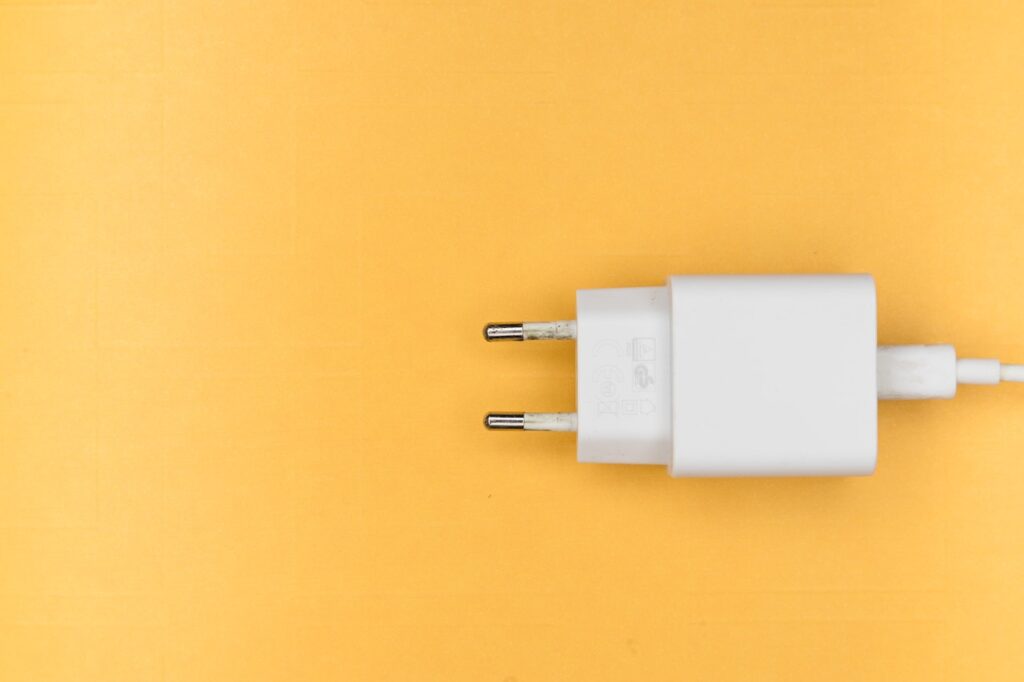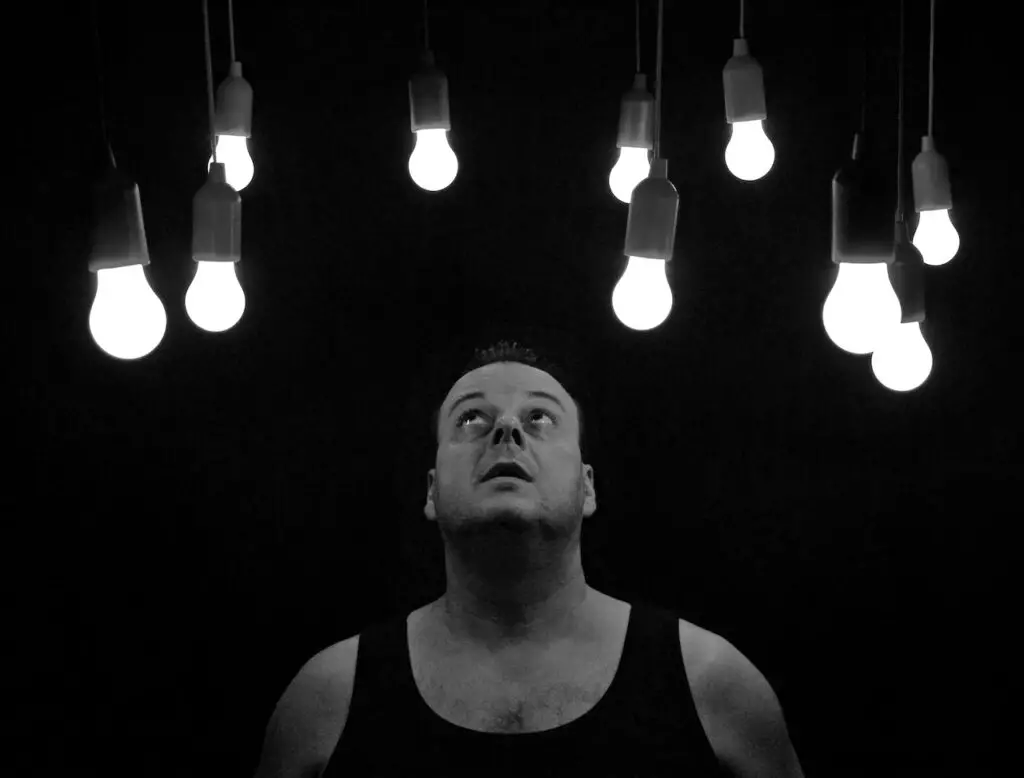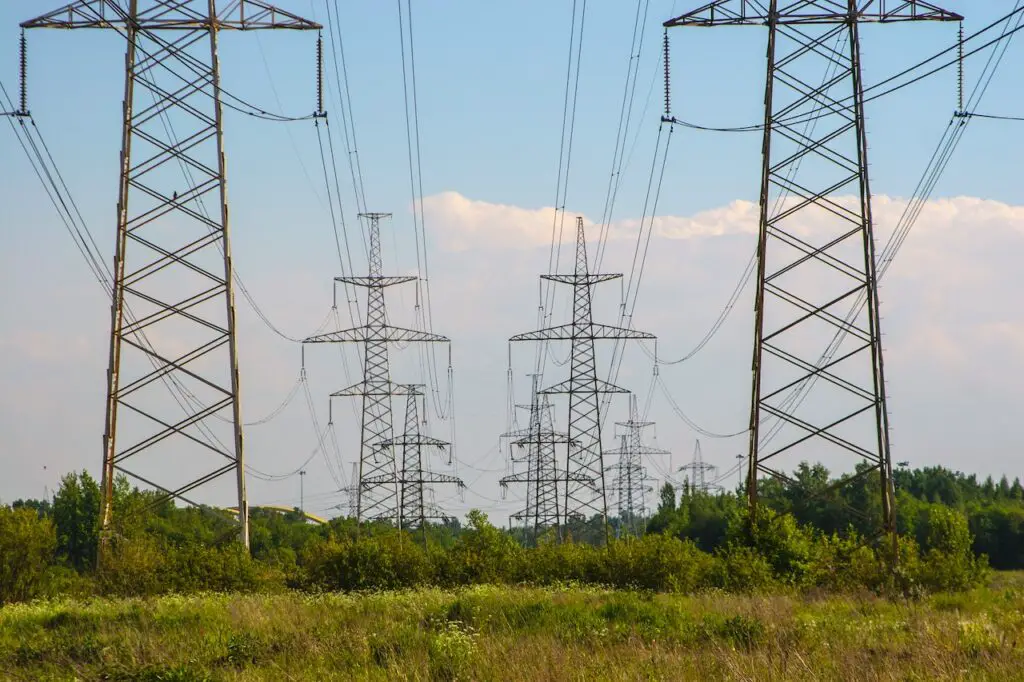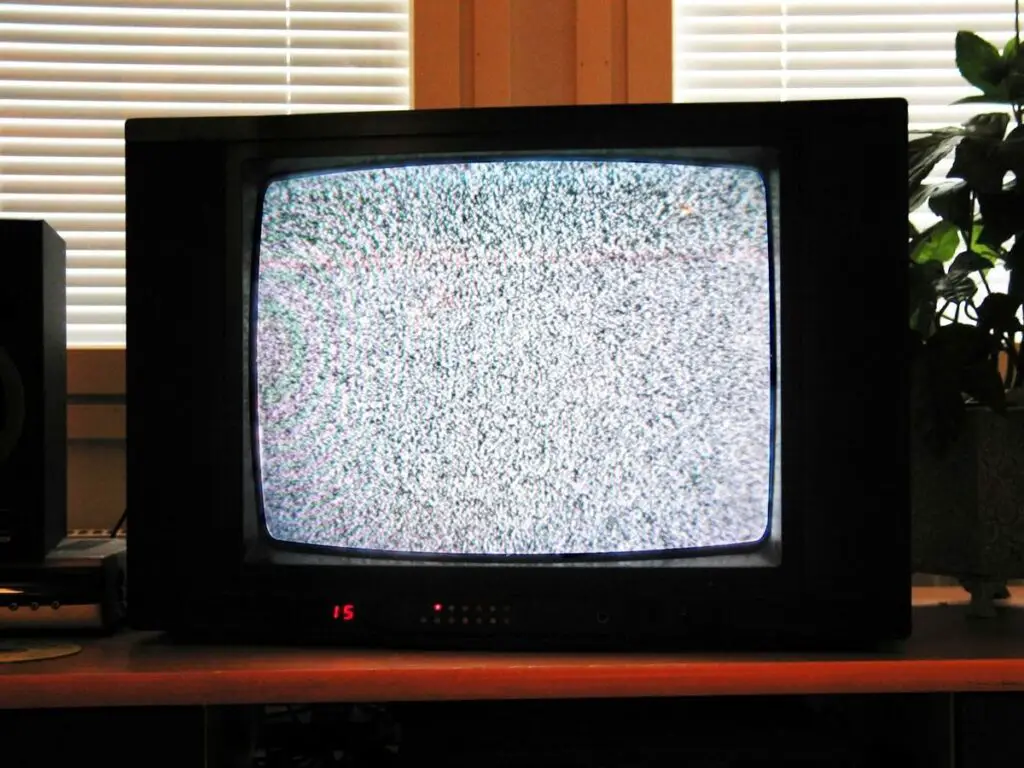Phone chargers have become an essential part of our daily lives. We use them to charge our smartphones, laptops, tablets, and other devices. But have you ever wondered if they continue to use power even when they’re not charging? The answer is not straightforward and can vary depending on the type of charger and device.
Many people believe that unplugging chargers when not in use can save energy and reduce their electricity bills. However, some argue that the amount of energy consumed by chargers when not in use is negligible and doesn’t make a significant impact. So, what’s the truth? Do phone chargers use power when not charging?
In this article, we’ll explore the topic of phone chargers and their power consumption when not in use. We’ll look at different types of chargers, their power consumption, and whether unplugging them is worth it. By the end of this article, you’ll have a better understanding of how phone chargers work and whether you should unplug them to save energy and money.

Phone Chargers and Power Consumption
How Phone Chargers Work
Phone chargers convert AC power to DC power to charge a phone’s battery. The charger consists of a transformer, rectifier, and regulator. The transformer converts high-voltage AC power to low-voltage AC power. The rectifier converts AC power to DC power. The regulator ensures the DC power output is stable and consistent.
Power Consumption in Phone Chargers
Phone chargers use a small amount of power even when not charging a phone. The amount of power used depends on the type of charger. Smartphone and laptop chargers use a negligible amount of idle power when left plugged in. Other kinds of chargers vary significantly, however, and it’s worth checking their power consumption or just unplugging them to play it safe. Non-genuine chargers can draw a lot more power, up to 10 to 20 times more, based on some testing. The cheapest and nastiest chargers aren’t the sort of things one should be using, as they can be dangerous and can damage the phone. According to tests, a genuine Apple iPhone charger consumes 0.03 watts of power when plugged in but not charging. This is equivalent to about 0.25 kilowatt-hours per year, which is not significant. However, if you have multiple chargers plugged in and not in use, the power consumption can add up. In conclusion, phone chargers do use power when not charging a phone. The amount of power used varies depending on the type of charger. It’s always a good idea to unplug chargers when not in use to save energy and reduce the risk of damage to the phone.
Standby Power Consumption
What is Standby Power Consumption?
Standby power consumption, also known as vampire power, phantom load, or standby current, is the energy that electronic devices consume when they are not in use but remain plugged in. According to a study by the Lawrence Berkeley National Laboratory, standby power consumption accounts for 5-10% of residential electricity usage in the United States.
How Standby Power Consumption Affects Phone Chargers
Phone chargers are one of the many electronic devices that consume standby power. Even when a phone is not connected to the charger, the charger continues to draw power from the outlet. The amount of power consumed by a phone charger in standby mode varies depending on the charger’s design and quality. According to a test conducted by ZDNet, a genuine Apple iPhone charger uses approximately 1.5 kWh of power per year, which is equivalent to the energy required to power a 100-watt light bulb for 15 hours. However, this is a relatively small amount of energy compared to the energy consumed by other household appliances. To minimize standby power consumption, it is recommended to unplug phone chargers and other electronic devices when they are not in use. Alternatively, using a smart power strip or unplugging devices from a power strip can also help reduce standby power consumption.
Reducing Standby Power Consumption
Tips to Reduce Standby Power Consumption
To reduce standby power consumption, it is important to unplug phone chargers when they are not in use. It is also recommended to use power strips that can be turned off when devices are not in use. Another way to reduce standby power consumption is to use energy-efficient chargers that are designed to use less power when not in use. Additionally, it is important to turn off devices when they are not in use. For example, turning off a computer when it is not in use can save a significant amount of energy. Similarly, turning off a TV when it is not in use can also save energy.
Benefits of Reducing Standby Power Consumption
Reducing standby power consumption can have several benefits. First, it can save energy and reduce electricity bills. Second, it can reduce greenhouse gas emissions and help mitigate climate change. Third, it can extend the life of devices by reducing wear and tear on components. Moreover, reducing standby power consumption can help conserve natural resources and reduce the environmental impact of manufacturing and disposal of electronic devices. By taking simple steps to reduce standby power consumption, individuals can contribute to a more sustainable future.




